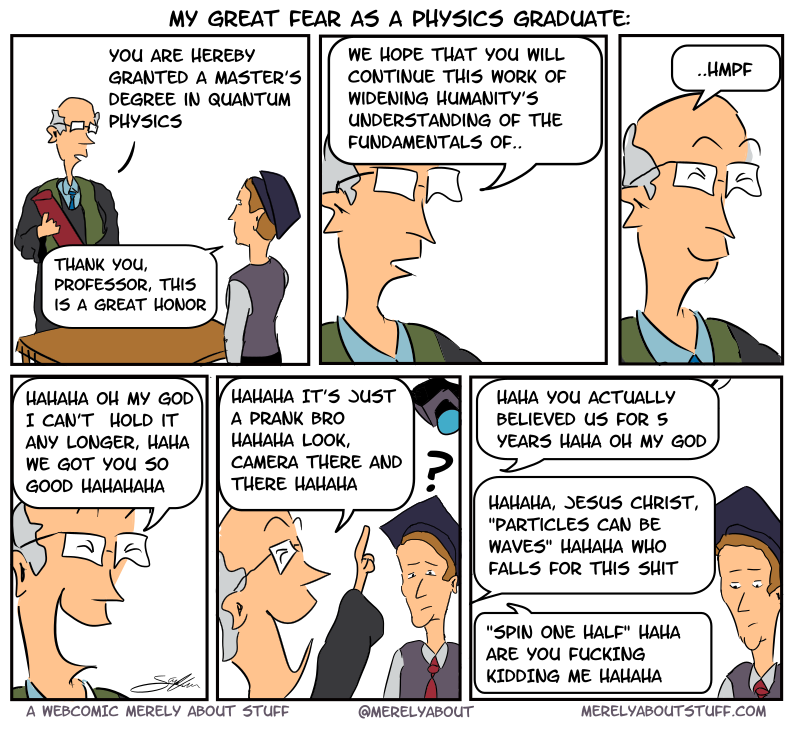00:00 - 18:0018:00 - 21:00
user351417
user351417
user351417
Anonymous
00:00 - 18:0018:00 - 21:00




